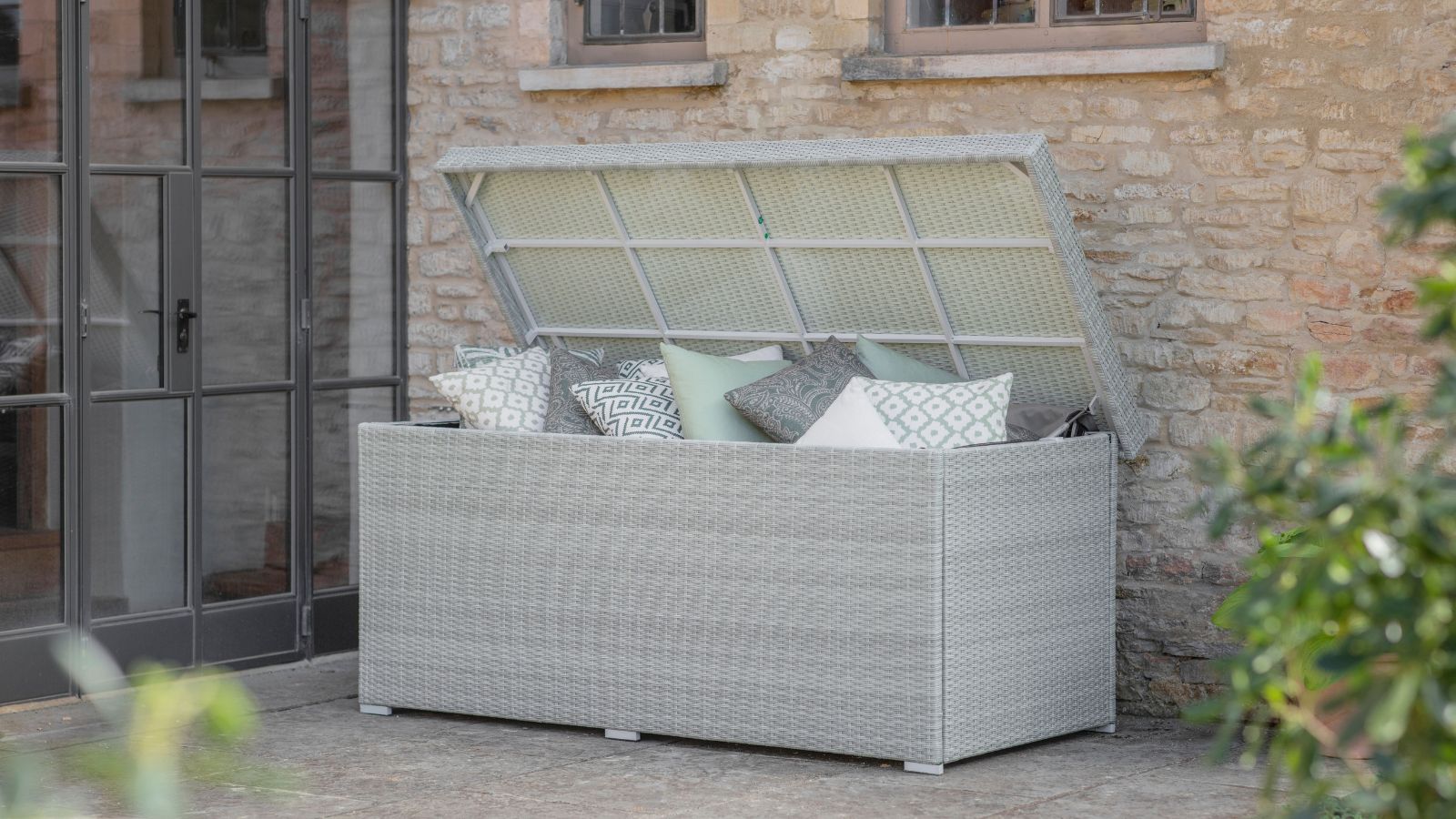Revealed – the best temperature to set your air conditioner for staying cool without overspending
Set it and forget it? Not quite. Here's what temperature your air conditioner should be on to balance comfort and running costs
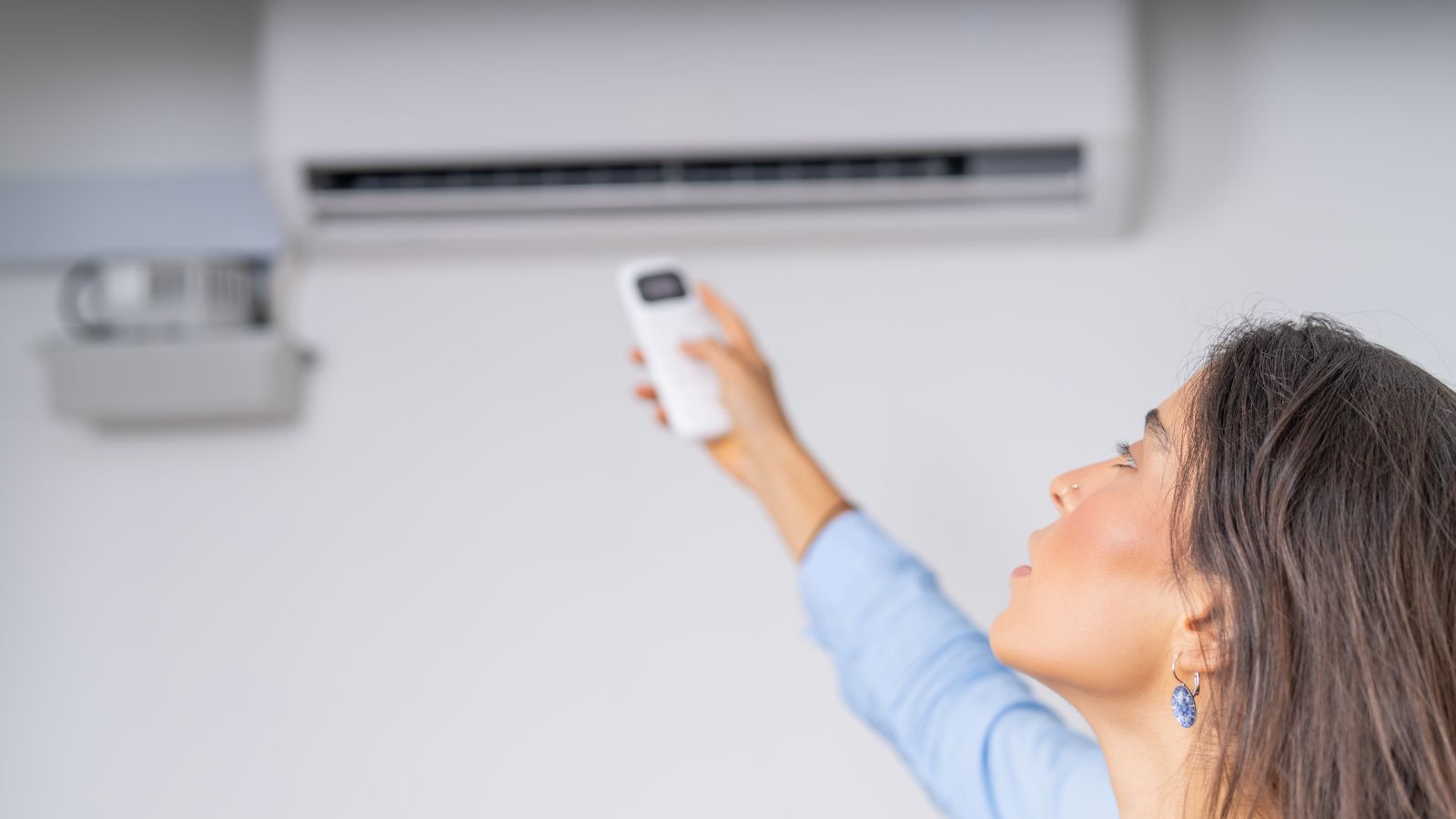
If you’ve taken the plunge and invested in air conditioning, you’re not alone. As UK summers continue to heat up, so too does the conversation around the best ways to keep cool at home. And whether you’ve opted for a built-in system or a portable version, one question remains top of mind: what temperature should my air conditioner be on?
Set the temperature too low and you're wasting energy (and money). Too high, and what’s the point? Striking the right balance can help you stay comfortable during a heatwave while keeping running costs down.
To help you make the most of your AC this summer, we asked the HVAC experts to weigh in. From daytime settings to overnight tweaks, here’s how to find the perfect sweet spot between comfort and cost.
What temperature should my air conditioner be on?
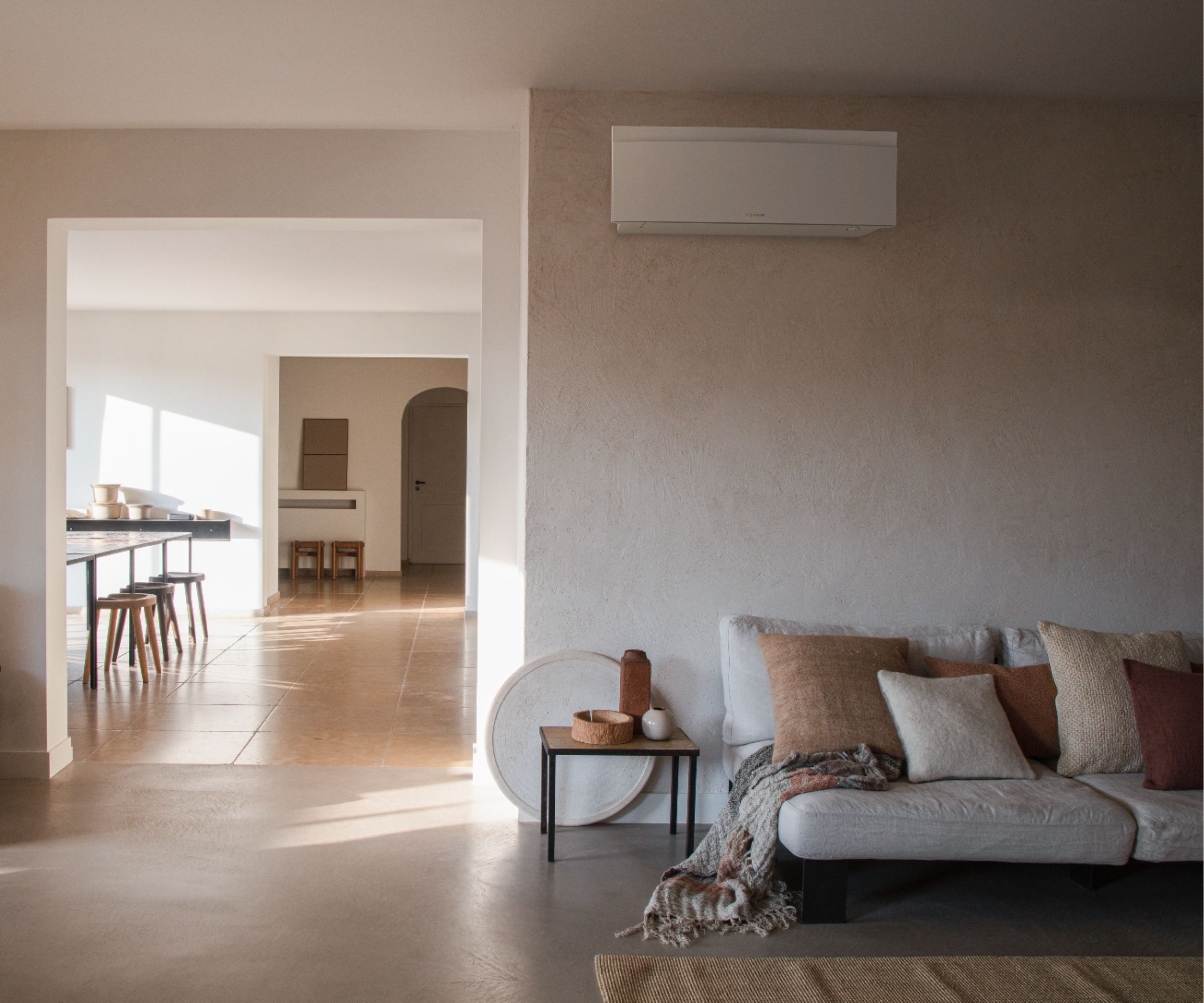
Rather than blasting your air conditioning at full power the moment the temperature climbs into the twenties, experts recommend finding a setting that keeps you cool without driving up your energy bills.
"For most people, that’s somewhere between 20°C and 22°C,” explains Nicholas Auckland, home energy expert at Trade Radiators. “This is because for every degree you increase the temperature on your air conditioner, you can save between 3-5% on your cooling costs. So, while 20°C might feel nice and cool, setting it to 22°C instead could significantly reduce your electricity bill without it feeling uncomfortable."
Katie Lilywhite, air treatment expert at AO.com, offers similar advice: “Aim to set it around 22–24°C – much lower and your home will probably be a bit too chilly, any hotter and you’ll likely feel sticky, particularly during those muggy nights,” she says.
So, while there’s no one-size-fits-all answer, both experts agree: start cool, not cold, and aim for consistency over extremes.
Bring your dream home to life with expert advice, how to guides and design inspiration. Sign up for our newsletter and get two free tickets to a Homebuilding & Renovating Show near you.
The verdict: Between 21°C and 23°C is a good target for daytime comfort. This is cool enough to feel the benefit, without wasting energy.

Nicholas Auckland is a heating and energy specialist with nearly 20 years’ industry experience, and is the Managing Director of Trade Radiators, one of the UK’s leading online heating retailers.

Katie is one of the many experts at AO.com, covering a multitude of appliances including air quality products, health and beauty and homes and gardens.
What temperature should your air conditioner be on when you're not at home?
Leaving the air con running while you’re not at home might sound wasteful but depending on how long you’re out, it could be a smart move.
“If you're just popping out for a few hours, set the temperature to around 25°C rather than turning it off completely,” advises Nicholas Auckland. “This stops the room from heating up too much while you're away, so your unit won’t have to work as hard to cool your home again when you return.”
That said, if you’re out all day or longer, switching your unit off entirely is the more energy-efficient choice. Your air conditioner doesn’t need to maintain a temperature for an empty house, and you can cool the space again once you're back home. If you're using one of the best portable air conditioners, it’s also worth understanding how much it costs to run a portable air conditioner, as the running costs can vary more than you might think.
The verdict: Set your AC to around 25°C if you're out for a short time, but switch it off completely if you’ll be away all day.
What temperature should your air conditioner be on at night?
Keeping cool overnight can make all the difference to how well you sleep, but that doesn’t mean you need to leave your air conditioner working overtime.
“While 18°C is often recommended for sleep, our bodies naturally cool down at night,” explains Nicholas Auckland. “Because of this, you’ll likely find that the temperature you had on during the day feels much too cold at 3am. For this reason, I would think about using the sleep mode if your unit has one, which often gradually increases the temperature throughout the night.
"Alternatively, you could also just set the thermostat to a degree or two higher than your daytime setting so that you’re prevented from waking up cold, saving energy overnight too."
The verdict: While 18°C can be a good benchmark, you might find 20–22°C more comfortable if you tend to feel the chill.
Shop Portable Air Conditioners
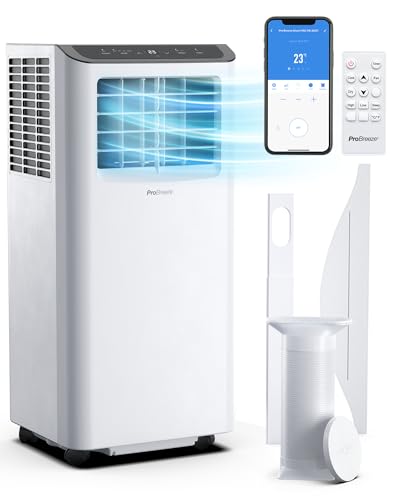
Well priced and portable, this unit offers 9000 BTU of cooling power – down to 16°C – and connects to your smartphone for easy control.
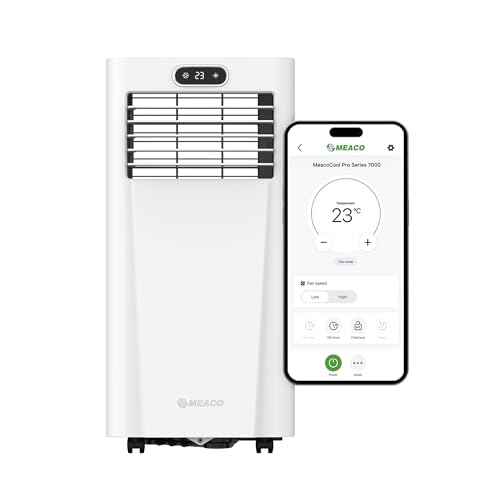
This portable unit offers powerful cooling with airflow up to 310m³/h, plus a heat mode for winter, and dry mode to tackle summer humidity.
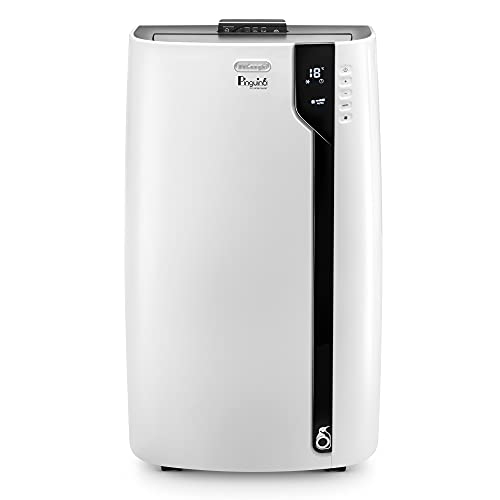
Stylish and energy efficient, this AC cools rooms up to 23sqm, uses eco-friendly propane, and features a clear LED display.
FAQs
When should I use 'dry mode' on my air conditioning unit?
Dry mode is ideal for muggy days when the air feels heavy but the temperature isn’t high enough to justify full-on cooling.
“If your air conditioner has a 'Dry' or 'Dehumidify' setting, it’s worth using on days that are humid but not especially hot,” explains Nicholas Auckland. “It removes excess moisture from the air, which can make the space feel more comfortable even if the thermostat is set higher, but uses less energy than a full cooling cycle.”
Should I leave my air conditioning on all day?
Only if it really needs to be. Air conditioning works best when it’s used to maintain a comfortable temperature, rather than cooling from scratch every time.
If you’re home all day, keep it running steadily at your ideal setting rather than constantly adjusting it. If you’re popping out briefly, raising the temperature instead of turning it off can help your home stay cool, without wasting energy. But if you’re out for hours or all day, it’s best to switch it off entirely and restart it when you return.
Want to take the edge off the heat without relying solely on your AC? Try these natural ways to cool your home, or give this clever DIY air conditioning hack a go.

Gabriella is an interiors journalist and has a wealth of experience creating interiors and renovation content. She was Homebuilding & Renovating's former Assistant Editor as well as the former Head of Solved at sister brand Homes & Gardens, where she wrote and edited content addressing key renovation, DIY and interior questions.
She’s spent the past decade crafting copy for interiors publications, award-winning architects, and leading UK homeware brands. She also served as the Content Manager for the ethical homeware brand Nkuku.
Gabriella is a DIY enthusiast and a lover of all things interior design. She has a particular passion for historic buildings and listed properties, and she is currently in the process of renovating a Grade II-listed Victorian coach house in the West Country.
